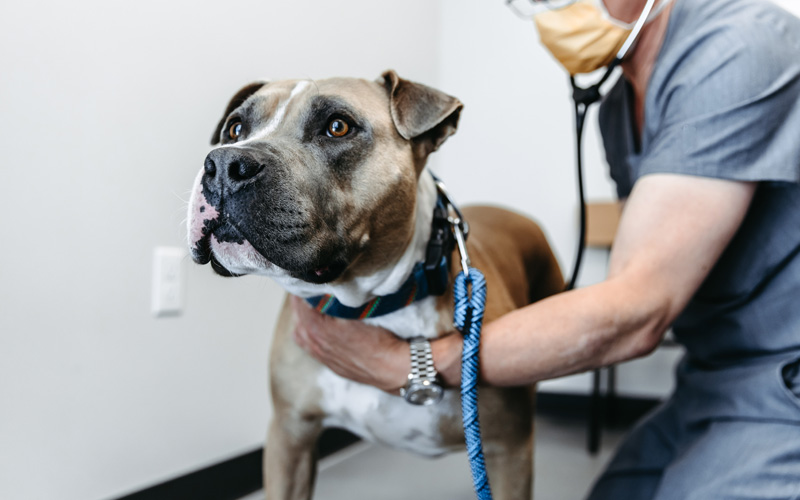Introduction
Owning a pet is a joyful experience, but it also comes with responsibilities—especially when it comes to their health. From regular vet visits to emergency surgeries, medical care for pets can be expensive. This is where pet insurance can make a difference, providing financial security and peace of mind. But with so many providers out there, how do you choose the right one?
In this guide, we’ll break down everything you need to know about pet insurance for dogs and cats so you can make an informed decision.
What is Pet Insurance?
Pet insurance works similarly to health insurance for humans. It covers a portion of your pet’s medical expenses in case of accidents, illnesses, or routine care, depending on the plan you choose. Most policies require you to pay a premium, deductible, and copay, but the insurer reimburses you for a percentage of the costs.
Why Do You Need Pet Insurance for Dogs and Cats?
Vet bills can add up quickly, especially when unexpected accidents or illnesses occur. Having pet insurance ensures that your furry friend gets the care they need without breaking the bank. It also relieves the emotional stress of making life-and-death decisions based on financial constraints.
How Pet Insurance Works
- Choose a Policy – Select a plan that fits your pet’s needs and budget.
- Pay Premiums – A monthly or annual fee ensures your pet stays covered.
- Claim Submission – If your pet requires medical care, you pay upfront, then submit a claim.
- Reimbursement – Once the claim is approved, the insurance company reimburses you according to the policy terms.
Note that most insurance policies have waiting periods and some exclusions, so you’ll need to read the fine print carefully.
Types of Coverage Offered
- Accident-Only Plans: Cover injuries from accidents, like broken bones.
- Illness Coverage: Covers common and serious diseases, such as cancer or diabetes.
- Wellness Plans: Include routine care like vaccinations and annual check-ups.
Top Pet Insurance Providers in 2024
- Healthy Paws: Known for comprehensive accident and illness coverage.
- Embrace: Offers customizable plans with wellness add-ons.
- Lemonade: Popular for its fast claim processing and affordable rates.
- Nationwide: Covers exotic pets along with cats and dogs.
How to Choose the Best Plan for Your Pet
- Consider Age and Breed: Older pets often need more care, and certain breeds are prone to specific illnesses.
- Check for Customization: Look for providers that let you tailor coverage to your pet’s needs.
- Read Customer Reviews: See what other pet owners say about their experiences with the insurer.
Pros and Cons of Pet Insurance
Pros:
- Covers unexpected medical expenses
- Provides peace of mind
- Access to premium healthcare for your pet
Cons:
- Policies can be expensive
- Some conditions may be excluded
- Reimbursement processes can be slow
What Affects the Cost of Pet Insurance?
Several factors impact the cost of pet insurance, including:
- Pet’s Age: Older pets usually have higher premiums.
- Breed: Some breeds are more prone to genetic conditions.
- Location: Vet costs vary by region, which can affect premiums.
How to Save Money on Pet Insurance
- Look for Discounts: Some providers offer multi-pet discounts.
- Consider a Higher Deductible: This can lower your monthly premiums.
- Avoid Over-Insurance: Only pay for coverage you’ll actually use.
Pre-existing Conditions and Insurance Coverage
Most pet insurance plans exclude pre-existing conditions, so it’s essential to insure your pet while they’re young and healthy. Some providers may cover curable conditions after a waiting period, but chronic issues are usually excluded.
Breed-Specific Conditions Covered by Insurance
- Dogs: Policies often cover hip dysplasia, arthritis, and allergies.
- Cats: Coverage may include treatment for kidney disease, hyperthyroidism, and diabetes.
Common Mistakes to Avoid When Buying Pet Insurance
- Ignoring the Fine Print: Always read the policy details carefully.
- Overlooking Waiting Periods: Make sure you understand when coverage kicks in.
- Not Updating the Policy: Adjust your coverage as your pet ages or their health changes.
Alternatives to Pet Insurance
- Savings Account: Set aside funds specifically for pet emergencies.
- Vet Discount Plans: Some vets offer memberships that lower the cost of services.
Conclusion
Pet insurance for dogs and cats can be a lifesaver when it comes to managing unexpected medical costs. With various providers and plans to choose from, it’s essential to find the right coverage that suits both your budget and your pet’s needs. By investing in pet insurance, you’ll have peace of mind knowing that your furry companion will receive the care they deserve without financial strain.
FAQs
1. Is pet insurance worth it?
Yes, pet insurance can save you from large, unexpected vet bills.
2. Can I insure older pets?
Yes, but premiums may be higher, and some providers have age limits.
3. Does pet insurance cover routine care?
Only if you select a plan with wellness coverage.
4. Are pre-existing conditions covered?
Most plans exclude pre-existing conditions, but some offer limited coverage after a waiting period.
5. How long does it take to get reimbursed?
Reimbursement times vary, but most companies process claims within 5-10 business days.
